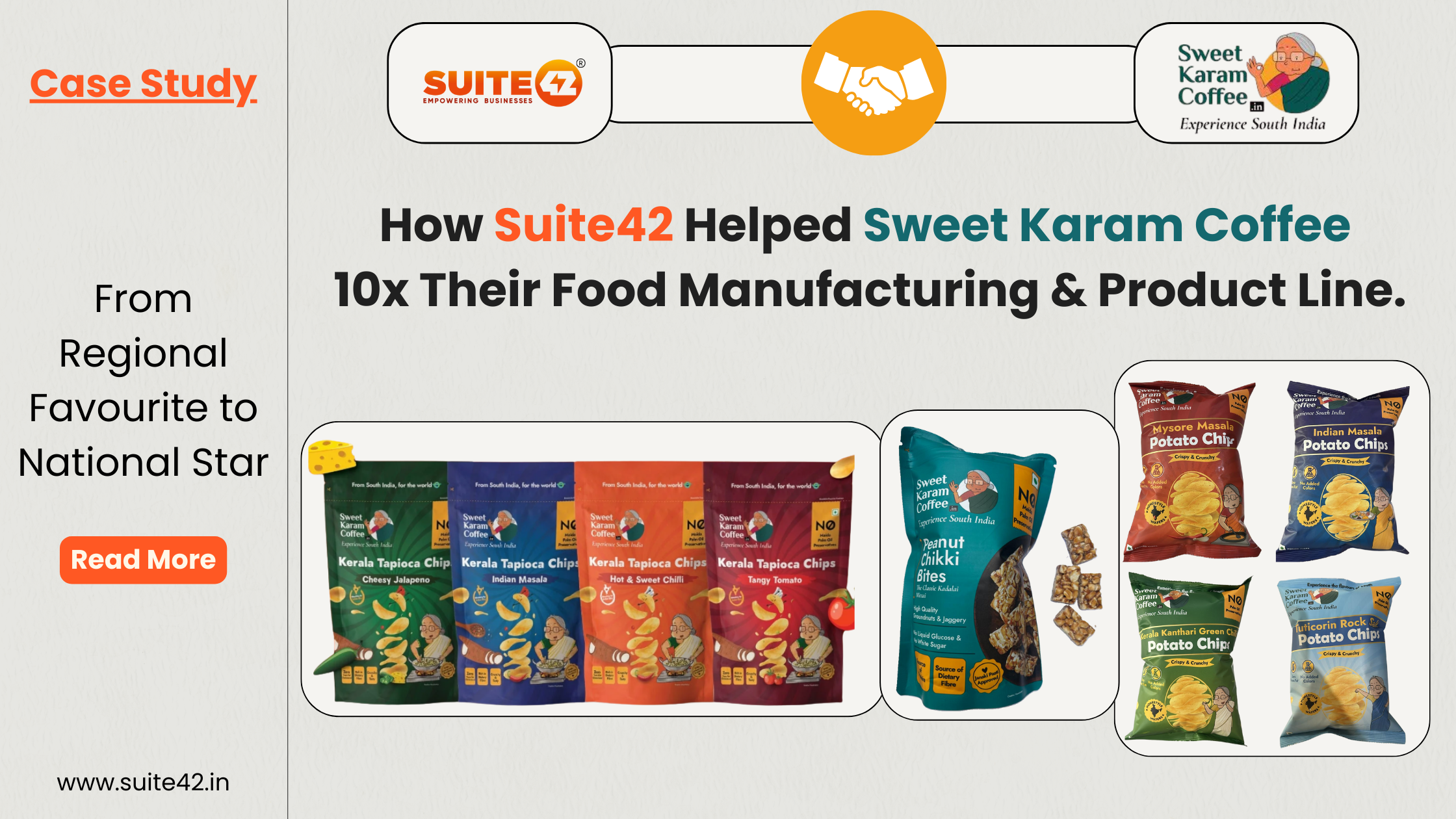
How to Export Coffee from India: Your Essential Guide to Brewing Global Success
The Allure of Indian Coffee on the Global Stage:
The aroma of freshly brewed coffee has long mesmerized the world, and India, boasting the fourth-largest coffee production, possesses a unique charm in this global love affair. Cultivated across diverse landscapes, from the sun-kissed slopes of Karnataka to the misty hills of Kerala, each region imbues its own character into the beans, resulting in a kaleidoscope of flavors and aromas. This rich heritage, coupled with a growing focus on quality and sustainability, makes Indian coffee increasingly sought-after on the global stage. But for aspiring exporters, navigating the journey requires careful planning and strategic execution. This comprehensive guide empowers you with the knowledge and strategies to navigate the exciting world of coffee exports, brewing success for yourself and the Indian coffee industry.
Understanding the Export Ecosystem:
Before embarking on your adventure, familiarize yourself with the key players in the Indian coffee export ecosystem. Government bodies like the Coffee Board of India and the Agricultural and Processed Food Products Export Development Authority (APEDA) provide valuable support and regulations. Industry associations like the United Planters’ Association of South India (UPASI) offer networking opportunities and industry insights.
Identifying your target markets is crucial. While traditional destinations like Europe and North America remain significant, emerging markets like Southeast Asia and the Middle East offer exciting potential. Conducting thorough market research is essential to tailor your offerings effectively, and understanding their specific preferences, quality expectations, import regulations, and distribution channels.
Equipping Yourself for Export Success:
Licenses and registrations are your passport to the export world. Obtain essential permits like the Registration-cum-Membership Certificate (RCMC) from the Coffee Board and an IEC (Import Export Code) from DGFT. Implement stringent quality control measures, adhering to international standards and showcasing ethical sourcing practices through certifications like Fairtrade or Rainforest Alliance. This not only ensures consistent quality and peace of mind for buyers but also strengthens your brand image in the global market.
Packaging and labeling play a vital role in attracting buyers. Invest in export-worthy packaging that complies with international regulations, showcases your brand identity, and preserves the coffee’s freshness. Opt for materials that are sustainable and eco-friendly, aligning with the growing global demand for responsible practices. Ensure labels are clear, informative, and adhere to destination market requirements, including ingredients, nutritional information, and mandatory certifications.
Compliance Essentials for Seamless Global Trade
In the intricate global coffee trade, adherence to compliance is vital for Indian coffee exports. Focused on the coffee industry, this section unveils key aspects ensuring a seamless global trade experience. Adherence to international coffee quality standards is central to compliance, guaranteeing beans meet stringent criteria. Traceability is pivotal, demanding detailed documentation for transparency from bean to brew. Sustainability and ethical farming practices position Indian coffee as a responsible choice for environmentally conscious consumers. Navigating coffee-specific customs and import regulations is crucial, ensuring compliance with unique requirements. Securing endorsements for organic practices and fair trade enhances the credibility of Indian coffee in the global marketplace. These compliance essentials define Indian coffee’s prestigious status, ensuring a robust presence on the world stage.
Understanding Indian Coffee Varieties for Global Appeal
To master coffee exports from India is to understand the rich tapestry of coffee varieties the country presents. From the nuanced notes of Arabica to the robust richness of Robusta, each variety possesses a unique identity. Aligning these varieties with international preferences becomes a key facet of crafting a successful global coffee export strategy.
Exploring the Diverse Flavors of Indian Coffee Beans
Delving deeper into the essence of Indian coffee, the journey takes us to the heart of its diverse flavors. The beans, nurtured by India’s favorable climate and soil, offer a spectrum of taste profiles. Exploring and celebrating this diversity becomes essential to resonate with the discerning palates of global coffee enthusiasts.

Choosing Coffee Varieties Aligned with International Preferences
In the global marketplace, coffee preferences vary, and mastering exports entails a discerning approach. Tailoring the selection of coffee varieties to align with international tastes becomes a strategic move. This ensures that the exported coffee not only maintains its Indian essence but also caters to the evolving preferences of the diverse global consumer base.
Article that might interest you: How is coffee manufactured step-by-step?
Finding Your Perfect Blend: Marketing and Promotion:
Targeting the right audience is key to success. Conduct in-depth market research to understand consumer preferences, buying habits, and popular distribution channels in your chosen markets. Participate in international trade shows and events like Specialty Coffee Expo or World of Coffee, showcasing your coffee and connecting with potential buyers. Utilize online platforms like B2B marketplaces and social media to market your coffee effectively, leveraging targeted advertising, engaging content, and influencer collaborations.
Logistics and Transportation:
Choosing the right shipping method depends on cost, speed, and volume. Sea freight is cost-effective for large quantities, particularly for Robusta beans, while air cargo offers faster delivery for premium Arabica beans. Partner with reliable logistics providers experienced in coffee exports, ensuring proper documentation, temperature control, and efficient customs clearance. Explore innovative solutions like containerization to reduce costs and ensure secure transportation.
Financing Your Export Journey:
Financing your export venture requires careful planning. Explore government schemes like the Market Development Assistance (MDA) or bank loans specifically designed for exporters. Manage currency fluctuations through hedging strategies and consider export insurance to mitigate risks associated with non-payment or damage during transit.

Building Long-Term Partnerships:
Finding reliable international buyers is vital for sustained success. Attend trade shows, network with importers, distributors, and roasters at industry events, and leverage online platforms to connect with potential partners. Negotiating effective export contracts that protect your interests and ensure mutually beneficial agreements is crucial. Building trust and fostering strong relationships with buyers through timely communication, consistent quality, and fair trade practices will pave the way for long-term partnerships.
Suite42: Your Partner in Global Coffee Excellence
As the comprehensive guide concludes, the spotlight turns to Suite42 – a beacon of excellence in the realm of global coffee solutions. Unveiling the comprehensive coffee solutions offered by Suite42, this segment illustrates how Suite42 elevates the entire coffee export experience.
Unveiling Suite42’s Comprehensive Coffee Solutions
Suite42 emerges as a pivotal player in the global coffee trade, offering a spectrum of solutions that encompass everything from sourcing to logistics. This segment peels back the layers of Suite42’s offerings, showcasing how it stands as a cornerstone in the journey of mastering coffee exports from India.
How Suite42 Elevates Your Coffee Export Experience
The final segment underscores how Suite42 is not merely a service provider but a strategic partner in the pursuit of global coffee excellence. From streamlining logistics to offering unparalleled support, Suite42 has become the epitome of a seamless and elevated coffee export experience.

In the intricate dance of mastering coffee exports from India, each section of this comprehensive guide contributes to the symphony of success. From the lush plantations of India to the global coffee cups, this journey is not just a trade but a cultural exchange, a journey where each exported coffee bean tells a story of excellence, sustainability, and the rich tapestry of Indian coffee heritage.
Staying Ahead of the Curve:
The global coffee industry is constantly evolving. Sustainability, ethical sourcing, and specialty coffee markets are gaining traction. Adapting to these trends by offering traceable, sustainably sourced beans and exploring specialty varieties like single-origin or shade-grown coffees can help you stand out and attract premium buyers. Continuously learn and improve, staying informed about regulations, market changes, and consumer preferences through industry publications, attending seminars, and networking with other exporters.
Article that might interest you: Coffee Contract Manufacturing vs. In-House Production: Making the Right Choice for Your Brand
Conclusion:
Exporting coffee from India is a journey filled with challenges and rewards. With careful planning, strategic execution, and a commitment to quality, sustainability, and building strong partnerships, you can unlock the vast potential of the global market. This journey demands perseverance, adaptation, and unwavering passion for the bean. Embrace the challenges, learn from fellow exporters, and stay ahead of the curve. Remember, a network of support awaits, ready to help you brew your own global success story.
So, take that first step, let your commitment to quality and sustainability shine through, and watch your Indian coffee leave a lasting impact on the international palate. The world awaits your unique blend – go forth and brew excellence!






Leave a Reply